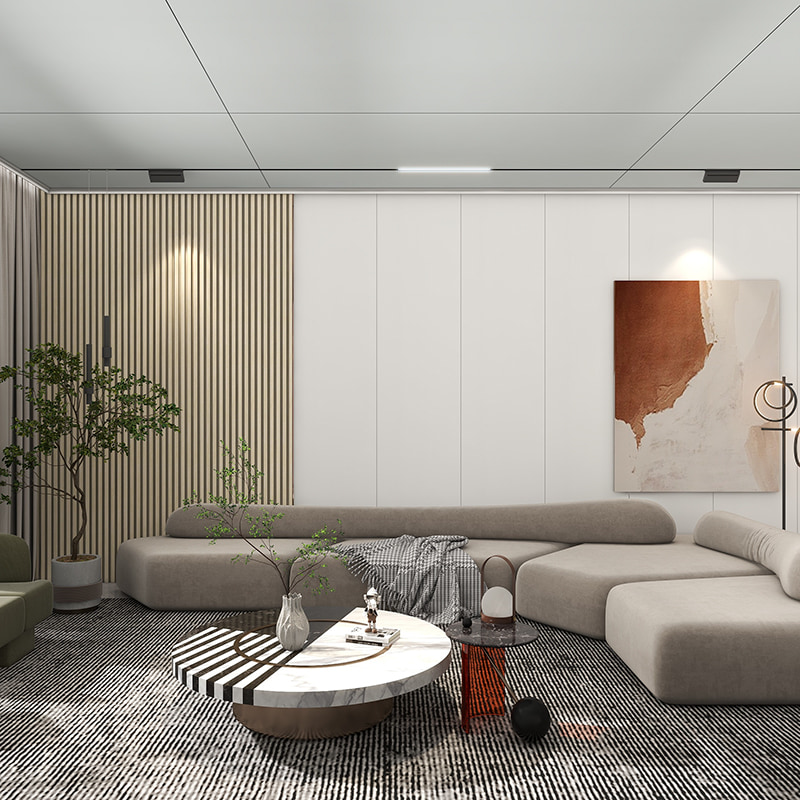Fluted wall cladding is a popular choice for both residential and commercial buildings due to its unique and stylish appearance. It is a type of wall cladding that features a series of vertical grooves or ribs, giving it a fluted or corrugated effect. This design not only adds a touch of elegance to the building but also provides functional benefits.
One of the main advantages of fluted wall cladding is its durability. It is typically made from materials such as PVC, metal, or fiber cement, which are known for their strength and resilience. This makes fluted wall cladding suitable for both interior and exterior applications, as it can withstand harsh weather conditions and physical impacts.
In addition to its durability, fluted wall cladding also offers excellent insulation properties. The grooves or ribs create air pockets between the cladding and the wall, which helps to regulate temperature and reduce heat transfer. This can result in energy savings and improved thermal comfort inside the building.
Another benefit of using fluted wall cladding is its versatility in design. It comes in a variety of colors, finishes, and textures, allowing architects and designers to create unique and eye-catching facades. Whether you're looking for a sleek and modern look or a more traditional and rustic appearance, there is a fluted wall cladding option to suit your aesthetic preferences.
Furthermore, the installation process of fluted wall cladding is relatively straightforward and efficient. The panels are lightweight and easy to handle, making them convenient for construction projects. They can be installed over existing walls or as part of new construction, providing a cost-effective way to enhance the appearance of a building.
Maintenance of fluted wall cladding is also hassle-free. The materials used in its construction are low-maintenance and resistant to rot, insects, and fading. Regular cleaning with mild soap and water is usually sufficient to keep the cladding looking its best.



 English
English Español
Español عربى
عربى












